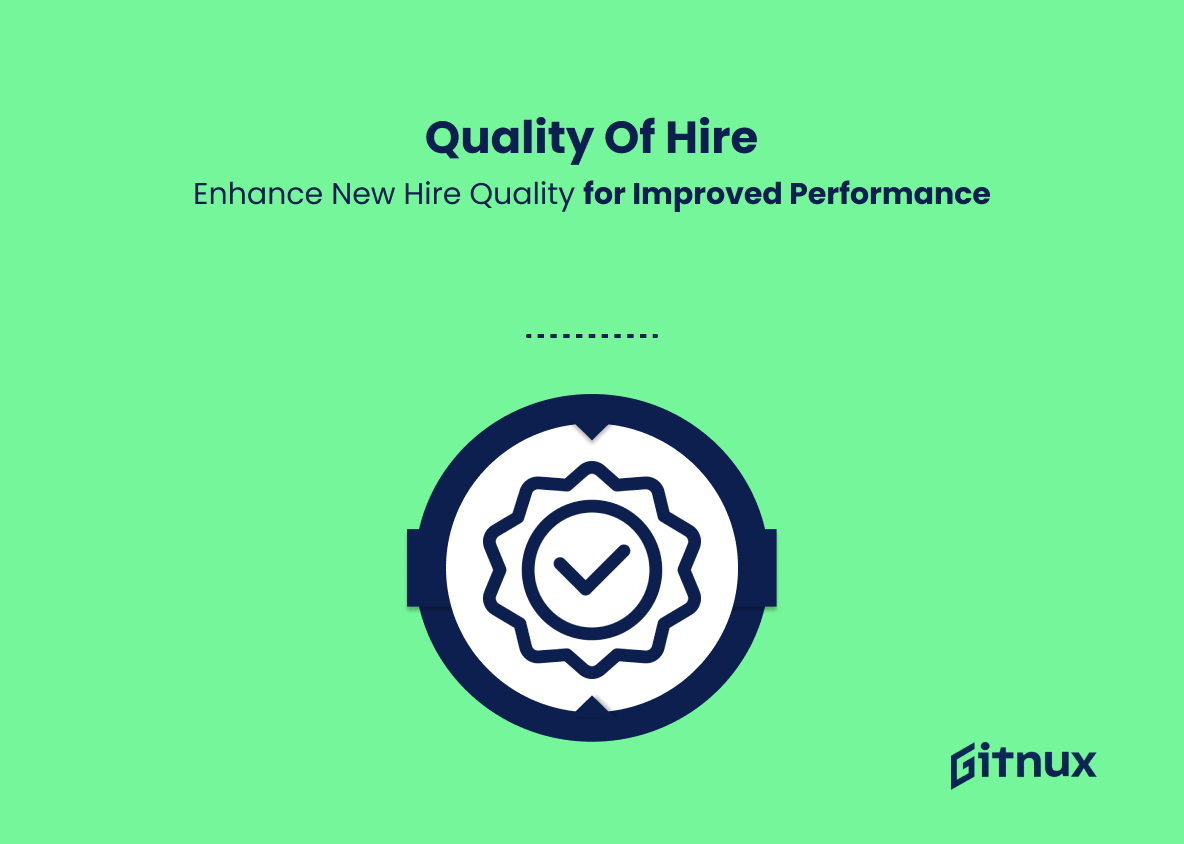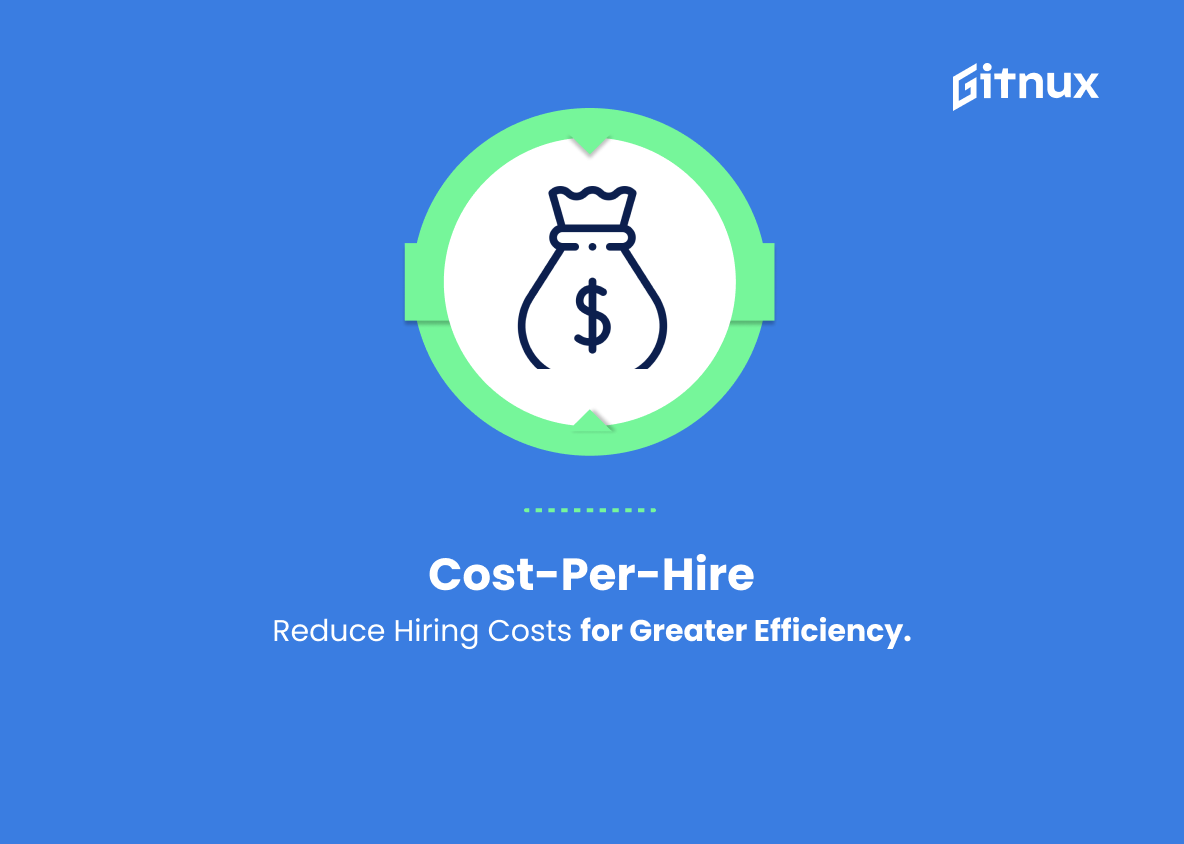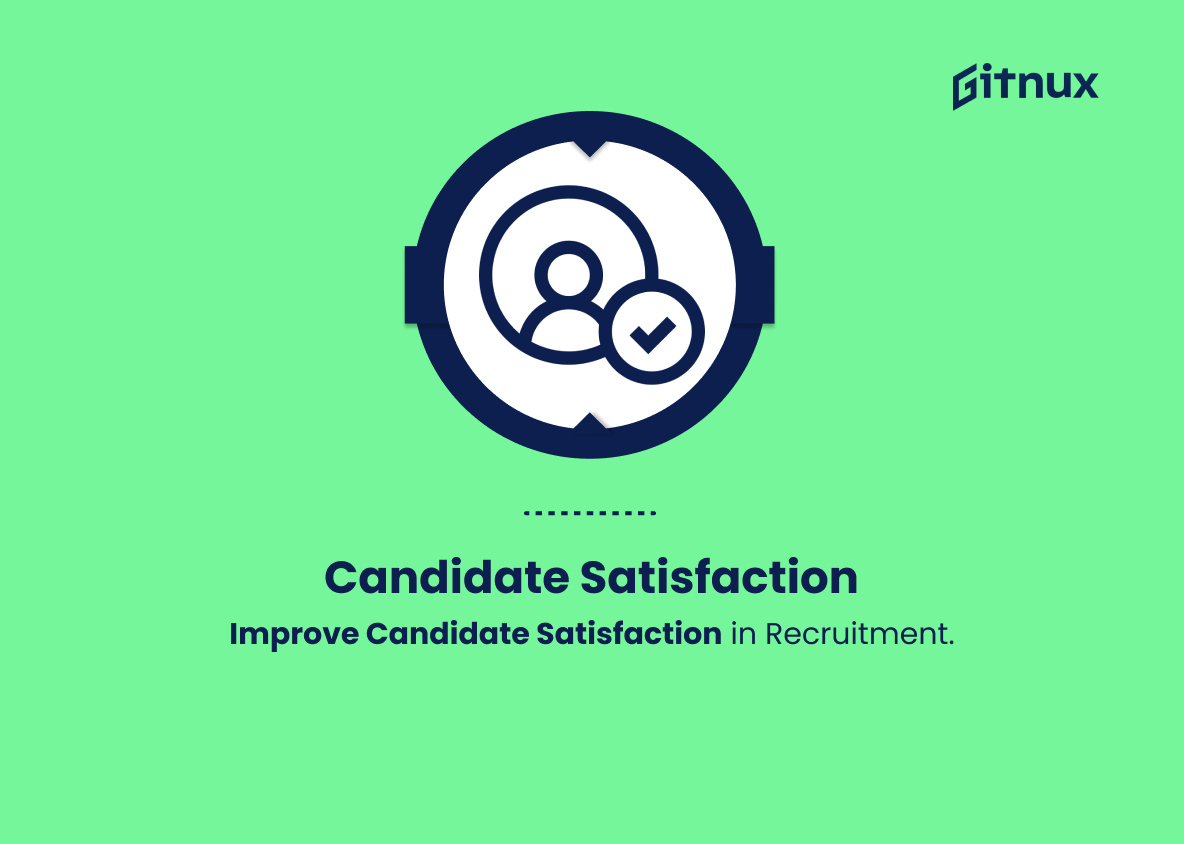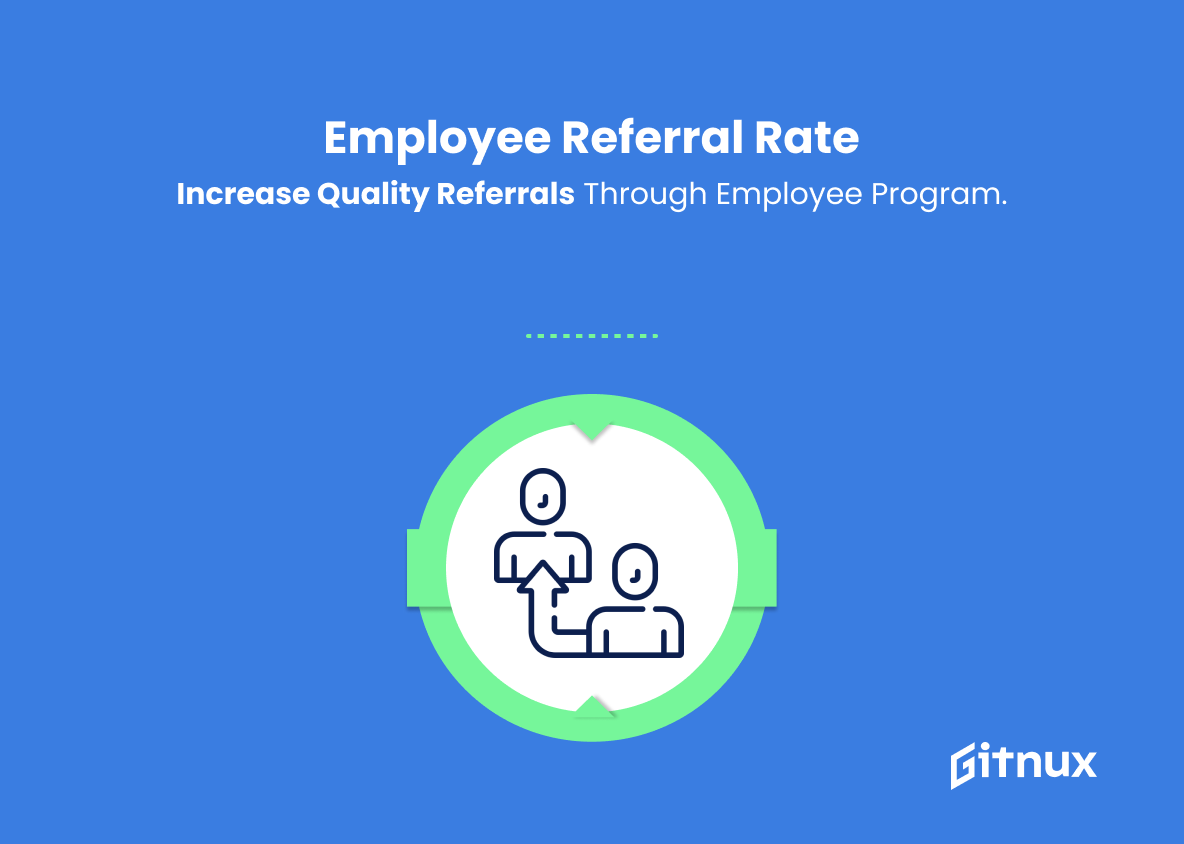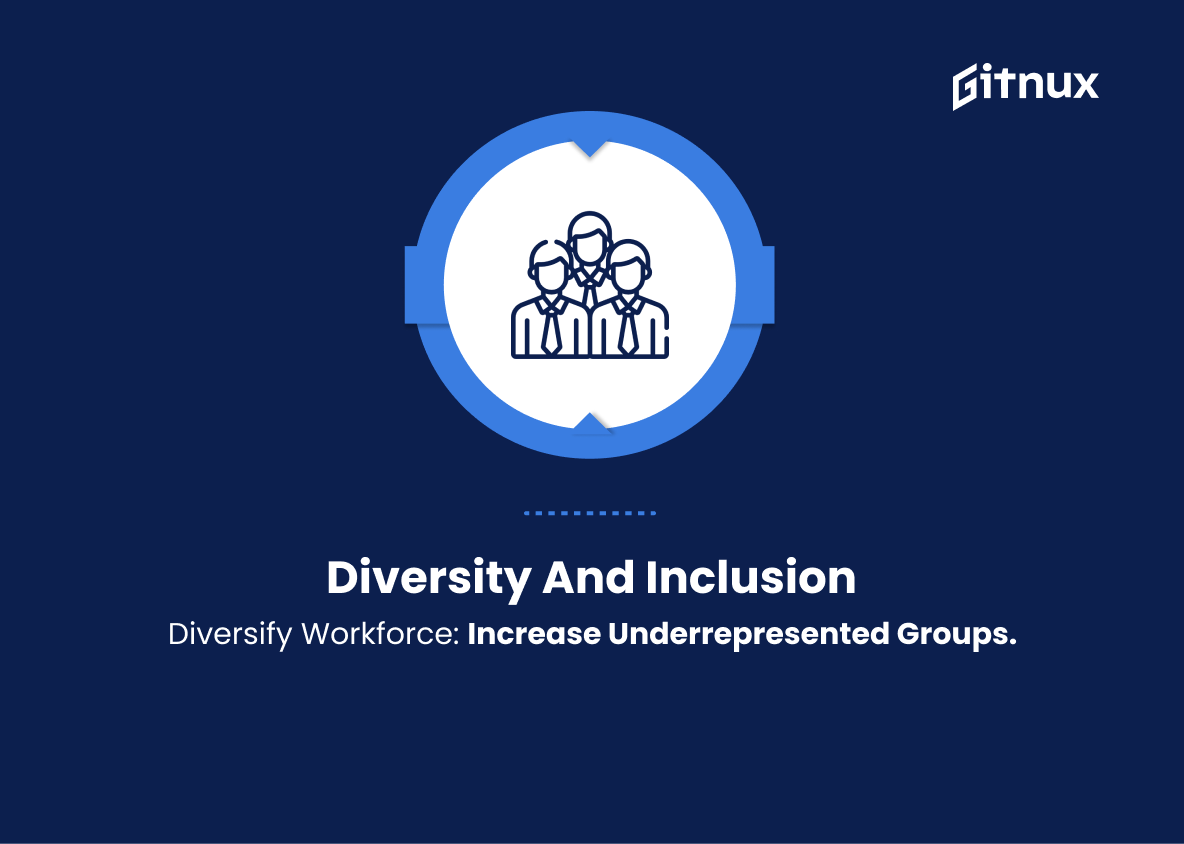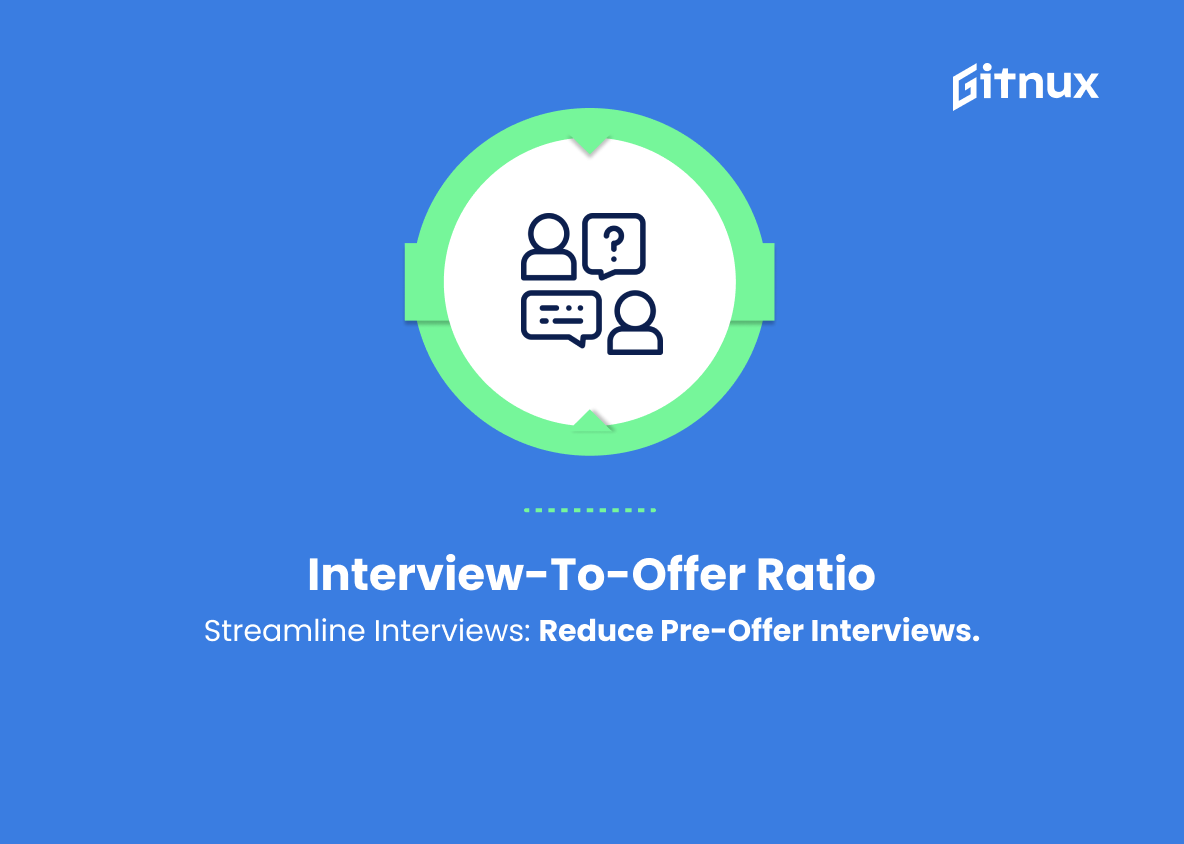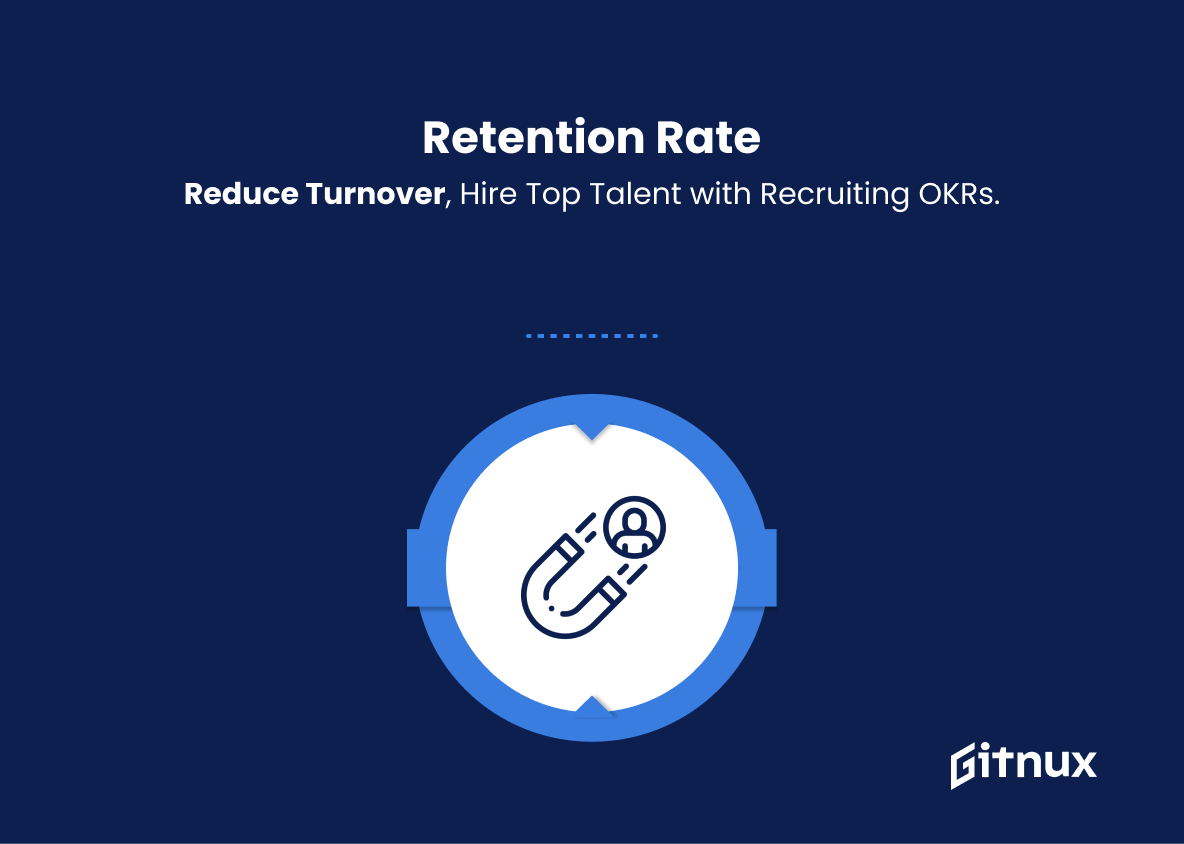In today’s highly competitive business landscape, the ability to recruit and retain top talent is critical for an organization’s success. Effective recruitment processes can translate into improved efficiency, increased motivation, and overall growth. One proven method of streamlining and optimizing the recruitment strategy is through the implementation of Objective and Key Results (OKRs) – a powerful goal-setting framework that has transformed numerous organizations around the world.
In this blog post, we will delve into the world of Recruiting OKRs and discuss how they can revolutionize your talent acquisition strategy, resulting in a more dynamic, agile, and results-driven organization.
Recruiting OKRs You Should Know
1. Time-to-hire
Reducing the average time it takes to hire a new employee from the opening of a job requisition to the candidate’s start date, which increases efficiency in the hiring process and allows the company to onboard talent faster.
2. Quality of hire
Improving the overall quality of new hires by measuring the percentage of candidates that successfully progress through their probationary period and become high-performing employees. This ensures better retention rates and a positive impact on organizational performance.
3. Cost-per-hire
Decreasing the average cost incurred by the company to hire a new candidate, including advertising costs, recruitment agency fees, and internal resource allocation. Reducing this cost increases the overall efficiency of the recruitment process.
In today’s highly competitive business landscape, the ability to recruit and retain top talent is critical for an organization’s success.4. Offer acceptance rate
Increasing the percentage of job offers accepted by candidates, which indicates that the company is successful in finding and attracting the right talent, and that the employment package is competitive in the market.
5. Candidate satisfaction
Ensuring a positive experience for all job applicants by measuring and improving the satisfaction rate of candidates during the recruitment process. This helps to build a positive employer brand and could lead to more future candidate referrals.
6. Employee referral rate
Growing the number of quality candidates coming through the employee referral program, which can improve overall recruiting quality and efficiency, as referred candidates often have a higher success rate and better cultural fit within the organization.
7. Diversity and inclusion
Enhancing the diversity and inclusivity of the workforce by increasing the percentage of underrepresented groups in the hiring pipeline and among new hires. This promotes a more inclusive working environment and can boost company innovation and performance.
8. Employer branding
Strengthening the organization’s employer brand by increasing the number of positive impressions and online engagement with potential candidates, making the company a more attractive choice for job seekers.
Effective recruitment processes can translate into improved efficiency, increased motivation, and overall growth.9. Interview-to-offer ratio
Optimizing the interview process by reducing the number of interviews conducted before extending an offer. This indicates that the company is targeting the right candidates and streamlines the hiring process.
10. Retention rate
Increasing the percentage of new hires who stay with the company for at least one year, ensuring that the recruitment process effectively identifies candidates that contribute positively to the organization and reducing turnover costs.
By setting and tracking these Recruiting OKRs, organizations can focus their efforts on improving their recruitment processes, making data-driven decisions, and ultimately, hiring top talent for continued success.
Recruiting OKRs Explained
Recruiting OKRs are essential for organizations to ensure they attract and retain the best talent, while also maximizing efficiency and reducing costs. Time-to-hire and cost-per-hire OKRs help streamline the hiring process by focusing on reducing delays and unnecessary expenses. Quality of hire, offer acceptance rate, candidate satisfaction, and employee referral rate OKRs emphasize the importance of finding the right candidates, creating a positive recruitment experience, and leveraging employee connections.
Diversity and inclusion, employer branding, interview-to-offer ratio, and retention rate OKRs promote a more inclusive and appealing work environment, allowing companies to thrive with diverse perspectives, optimized processes, and long-term employee commitment. By setting and tracking these objectives, organizations can continuously improve their recruitment strategies, make informed decisions, and secure top-quality talent to drive their success.
Conclusion
In conclusion, implementing Recruiting OKRs is a strategic and effective way to enhance, monitor, and optimize the recruitment process in any organization. By setting clear objectives and measurable key results, companies can ensure alignment of their recruiting goals with their overall business objectives. They enable organizations to track progress, identify areas for improvement, and facilitate better and more transparent communication among team members.
Ultimately, embracing Recruiting OKRs will lead to higher-quality hires, increased efficiency, and an overall stronger team that is instrumental in achieving the organization’s long-term success.

